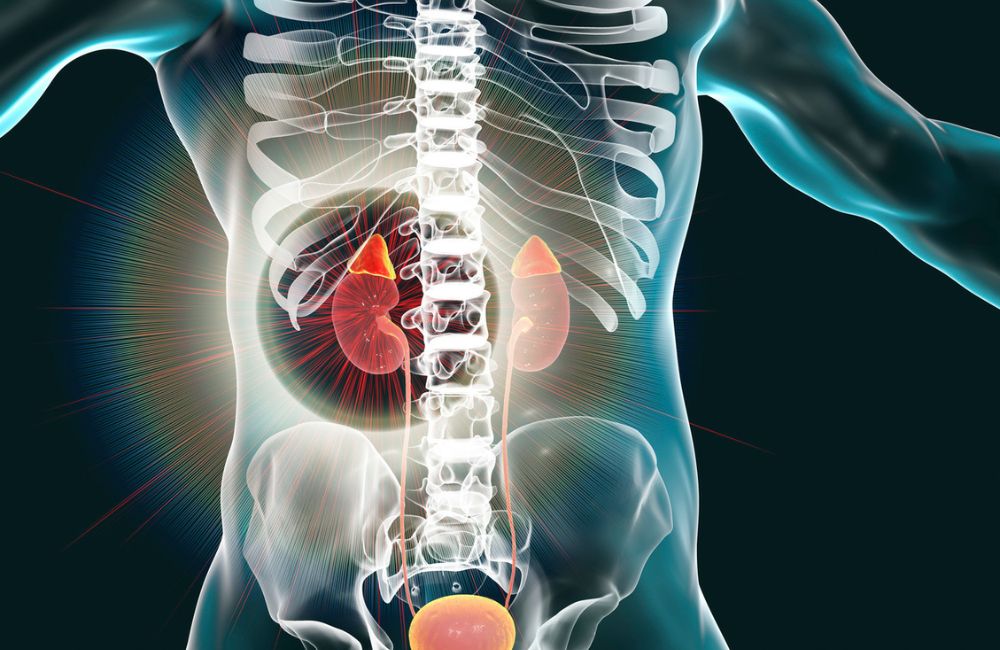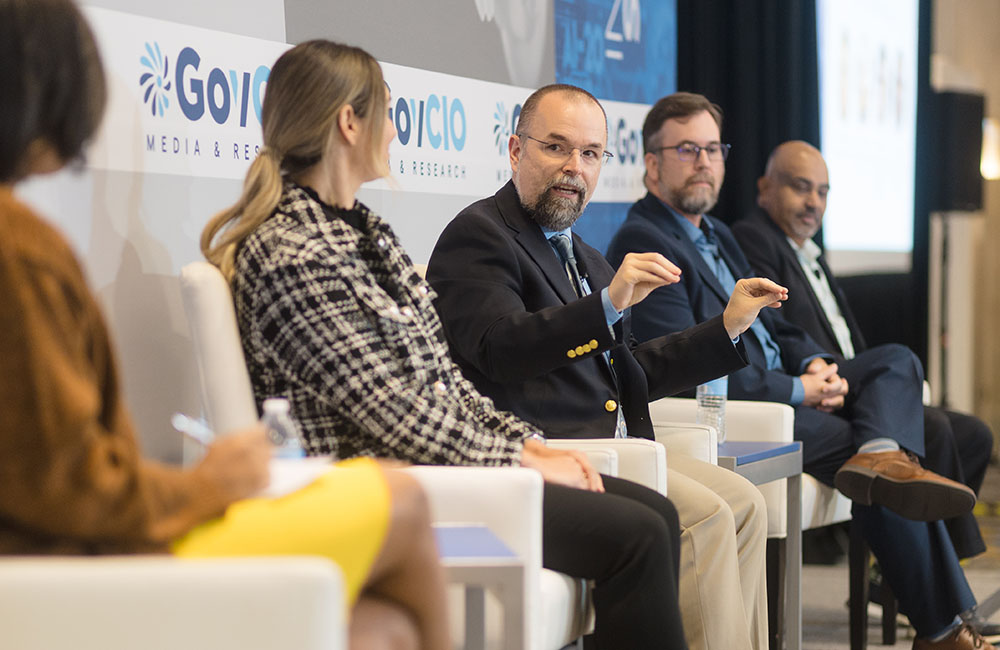Health Leads Tackle a More Equitable Organ Transplant System
There are opportunities for workflow and process improvements for the system managing organ donations and transplantation.

Health researchers are calling for more training and workflow improvement processes to ensure improved equity in the nation’s system that manages organ transplants.
According to the Health Resources and Services Administration, every nine minutes another person is added to the national transplant waiting list and about 17 people die every day in the U.S. while waiting for a transplant. The biggest challenge in the system is managing these long wait lists while ensuring a fair system of allocation.
The United Network for Organ Sharing (UNOS) administers the Organ Procurement and Transplantation Network (OPTN), which is the national organ donor system, and oversees more than 50 nonprofit organizations called organ procurement organizations (OPOs). Several government agencies regulate this overall system and have introduced policies in an effort to create more accountability and therefore a more equitable and efficient system.
During a National Academies of Science, Engineering and Medicine virtual meeting last week, health researchers from various institutions nationwide provided perspectives in how they have overcome some of these challenges in managing resources and potential inequities.
In one example, UNOS worked with Saint Barnabas Medical Center to develop new tools and help maximize resources like identifying and removing duplicate processes or implementing real-time monitoring for organ refusals.
“The [Center Acceptance and Refusal Evaluation] tool offers instantaneous visualization of transplant centers’ organ utilization, and a better understanding of the decisions they’re making regarding organ refusal and acceptance,” said Scott LeHew, business development manager at UNOS Solutions.
By using UNOS’ CARE tool, transplant centers can visualize all of the outcomes for organ offers they accept as well as all of those they refuse.
“One of the best things we could do was to look at the data, not only in real time, but also retrospectively to have an academic understanding of practices and trends, and then have the ability to educate our team on ways we could do better,” said Dr. Andrea Tietjen, assistant vice president of transplant administration at Saint Barnabas Medical Center. “This enabled us to create a very clean waitlist.”
Geography has also presented inequity challenges for patients needing an organ transplant.
“Patients that were in rural areas — the rates of transplant were lower for heart, liver and kidney. They are about 8 to 15% less likely to be waitlisted and about 10 to 20% less likely to be transplanted despite being waitlisted,” said Dr. Malay Shah, surgical director of the liver transplant program at the University of Kentucky health system.
Tietjen’s team found implementing a “well-defined and clear” workflow, from initial selection to waitlist and review, better informed health care providers when delivering treatment to patients. They also developed a risk stratification process and a workflow to avoid additional medical challenges like improper healing after transplantation.
“We wanted to make sure that we could follow patients and ensure that they were provided support, or identify risk factors that we could mitigate so that we could continue to have that patient be a viable candidate,” Tietjen said.
Another potential challenge is racial inequities in the system and the lack of representation in both health care settings and health research. A 2020 UNOS report cited studies that show continued racial disparities in transplantation.
“These are areas that need more study,” said Dr. Khadijah Breathett, assistant professor with the University of Arizona College of Medicine in Tucson. “We need to initiate evidence-based bias reduction and anti-racism programs that lead to consistent change in the way that we do things. We have to figure out how to avoid subjective assessments, so we can start to make this process more equitable.”
Experts including Tietjen say more policies as well as training staff across health literacy, language, translation and cultural sensitivity are all measures that can ensure racial equity. Others like Dr. Amy Waterman of University of California in Los Angeles are calling for a paradigm shift to create an equitable patient referral and waitlist system, as well as standardized metrics to improve system processes and enable greater access to transplants.
“A team approach was critical to all aspects of our process,” Tietjen added. “Having the ability to seamlessly communicate and address patients from a multidisciplinary perspective made a tremendous difference in our ability to deliver care.”
“Ultimately, we wanted to increase the opportunity of transplant to all of our patients,” she said. “Keeping that in the forefront of what we do really motivates us to find solutions.”
This is a carousel with manually rotating slides. Use Next and Previous buttons to navigate or jump to a slide with the slide dots
-

VA Acting CIO Focuses Tech Strategy on 'Cyber Dominance'
VA OIT is restructuring its workforce, revamping risk management and modernizing tech acquisition to deliver secure, efficient services.
4m read -

Modernizing IT Systems for AI Adoption
USPS, NIH and Lumen discuss how modernization, data strategies and security are shaping AI’s future role in government.
32m watch -

Modernizing Critical Infrastructure in the Face of Global Threats
Officials are expanding the latest strategies in boosting defense infrastructure, including securing satellite communications, upgrading enterprise-wide technology, optimizing data management.
28m watch -

AI is Helping Navy Track Global Maritime Activity
NRL is using AI to analyze over 400 million daily data points to monitor global vessel activity and flag potential threats.
17m watch




